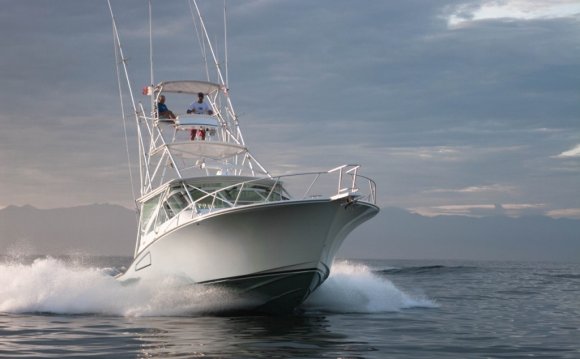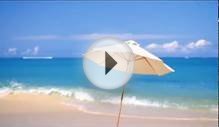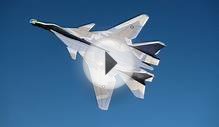
|
  NATIONAL WEATHER SERVICE MARINE PRODUCTS VIA NOAA WEATHER RADIONOAA Weather Radio (NWR) frequencies & information
The NOAA Weather Radio network provides voice broadcasts of local and coastal marine forecasts on a continuous cycle. The forecasts are produced by local National Weather Service Forecast Offices. Coastal stations also broadcast predicted tides and real time observations from buoys and coastal meteorological stations operated by NOAA's National Data Buoy Center. Based on user demand, and where feasible, Offshore and Open Lake forecasts are broadcast as well. COVERAGE FOR MARINE AREAS
COVERAGE
To expand NOAA Weather Radio coverage in the State of Alaska, the National Weather Service (NWS) and U.S. Coast Guard are partnering to establish a network of low-power five-watt NOAA Weather Radio transmitters at 24 USCG "high" sites located from the Dixon Entrance to Bristol Bay. These low power transmitters operate on standard NWR frequencies under joint licensing with the NWS. See NWR at USCG Sites in Alaska. Several NOAA Weather Radio transmitters operate as "Marine-Only", broadcasting marine information on a more rapid cycle than is possible with "All-Hazard" transmitters. These are typically established as part of a cooperative effort between the local marine community and the National Weather Service. For information on how to establish a "Marine-Only" NOAA Weather Radio transmitter in your area, contact the National Weather Service. EQUIPMENT
Many NOAA Weather Radio receivers are also programmed for three additional frequencies; 161.650 MHz (marine VHF Ch 21B), 161.775 MHz (marine VHF Ch 83B) and 163.275 MHz. The first two frequencies are used by Canada for marine weather broadcasts. 163.275 MHz was used by the National Weather Service for earlier weather broadcasts and later for internal coordination in the event of a power outage but is no longer in active use. Most VHF marine radiotelephones have the ability to receive NOAA Weather Radio broadcasts. However, it is recommended that a separate NOAA Weather Radio receiver be carried aboard so that mariners may maintain a simultaneous watch on NOAA Weather Radio and marine VHF channels. Information on Rules Which Require Listening to your VHF Marine Radio are available courtesy of the U.S. Coast Guard Maritime Telecommunications Information Webpage. AUDIO
Efforts continue to both expand the coverage of the NOAA Weather Radio network and improve the audio quality. The older computer-synthesized voice was a product of 6-year-old technology and has been replaced in response to user demands for a clearer, more human-sounding voice system. STREAMING AUDIO, MP3 and PODCASTS
Experimental recorded MP3 and Podcast files are available for a limited number marine areas such as Alaska. Check your local forecast office for availability. 1050 Hz TONE ALERTS
Caution! - In accordance with national policy, at forecaster discretion, the 1050 Hz tone may not be transmitted for marine events. This is done to avoid frequently alerting users ashore and rendering the system impractical as a warning system for a large segment of the population. SAME ALERTS
As of yet, few VHF marine radiotelephones contain the SAME feature. These require an active NOAA Weather Radio channel be selected and used in a non-scanning mode for the highest level of effectiveness. It is therefore again recommended that a separate NOAA Weather Radio receiver be carried aboard so that mariners may maintain a simultaneous watch on NOAA Weather Radio and marine VHF channels. When using, the NOAA Weather Radio receiver must be programmed to the proper frequency, SAME geographic codes(s), and SAME event codes(s), in order to function as intended. SAME GEOGRAPHIC CODES
For a listing of marine SAME geographic codes, see NOAA WEATHER RADIO County by County Coverage or Marine Text Forecasts by Zone. NOTE...Although SAME geographic codes exist for offshore forecast zones, Great Lakes MAFOR's and forecast synopses, they are not broadcast on NOAA Weather Radio. Marine SAME geographic codes do not presently utilize the 'County Sub-section' of the SAME geographic code, and therefore, the SAME geographic code for all marine zones begin with a leading zero. Caution! - Mariners should be aware that many marine zones do not extend inland to include tributaries such as rivers and smaller bays. Mariners in these areas should program their NOAA Weather Radio with the SAME geographic code of the appropriate county. It is further recommended that mariners also program their receivers with the SAME geographic codes of neighboring land and marine areas to maintain a greater level of weather awareness. |
RELATED VIDEO












